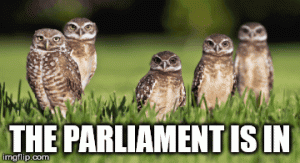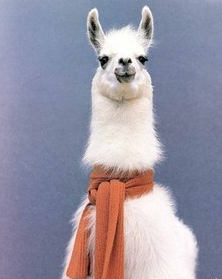The website I created for this final assignment is called ‘Artvisitr’ . The aim for the created website is to provide an alternate way of interpreting data included in The Art Newspaper‘s annual publication on most visited Museum and Art Exhibitions. My primary goal is to increase comprehension of the trends and visitor numbers that may be present from year to year. I hoped to do this by displaying the information in a variety of different ways including mapping the exhibitions by location and venue, as well as a break down of the most popular terms used in exhibition names for each year. Through doing these analyses for each block of data I hoped to expose trends in attendance as well as popular topics for exhibitions and so give insight into the world of cultural tourism.
I hope that the information contained and displayed on my website could be useful to industry professionals such as Art Curators and Exhibition Designers in terms of choosing topics for potential exhibitions. The information contained on this website could also be a useful teaching tool for University lecturers and students alike as it allows for the information to be interpreted as needed.
I feel like my project succeeded in its aims despite only being a sample of what I could potentially expand on. Through the analysis of Museum and Exhibition attendance over a number of years I was able to visually see the change in daily museum attendance, and how the visitor numbers were clustered. An interesting fact is that you can see visits to the cultural institutions went down in about 2010 which was in the middle of the last ‘Global Financial Crisis’. As a part of the most common terms breakdown, you can see that the words ‘impressionism’ and ‘Picasso’ appear a number of times in different years suggesting perhaps that there has been a resurgence of interest in the works of Picasso, and also in the style of impressionism.
I found this project relatively straightforward once I was able to decide on a topic, however technical issues proved, and continue proving, to be the most difficult part of the assignment. I used a variety of tools to create my assignment but the first and arguably the most important part was the conversion of my PDFs into Microsoft Excel files so that I would be able to import the files into my tools. In my original proposal I said I would use a built in file convertor that would adapt the tables of information I was using to a more versatile format. I found in practice that the PDF convertor was unreliable and so in the end I resorted to manually writing up the information myself. While this does potentially introduce more errors, it was simpler to do this manually than to go through a computer program. Also a choice I made in the creation of this assignment was to limit myself to the Top 100 results as I have been working on other assignments at the same time. It also meant that the website could serve as a sample of what it could be rather than a completely finished project.
I then used OpenRefine to clean up my data, but it was particularly useful for fixing errors in city and venue names. After looking at a variety of hosting websites I decided on using the website host Silk since it seemed to apply to most of my needs. This was mainly because the website has a large variety of built in options to display data in different ways. Options that I made particular use of included the scatter plot, as well as the ability to place the different venues on the world map and then size the points by number of daily visitors attended. I ended up using Voyant to make the word-clouds but since I was unable to work out how to properly embed the interactive graphs into Silk I had to save them as a PNG and manually import them into the website pages.
Unfortunately Silk has proven to be buggy in a variety of ways. When originally importing my data packs into Silk, on multiple occasions I had to continually re-upload my data files to get them to display correctly on the website and allow me to use all 100 of my points for each year. Another problem I have been having is that my imported word-clouds are not displaying correctly on the public versions of my web pages. When I log in and use the website editor everything looks fine. However this problem currently seems to only be affecting my own laptop as the word clouds display correctly when I visit the website on my phone.
In creating this project I also had some technical issues with the use of Voyant where word-clouds would fail to correctly display the most popular words in the data group. To combat this I had to re-upload the text to be analysed until the correct words appeared in the word-cloud. I do not regret using any of the tools I have used for this project but feel like there is opportunities for improvement in many of the tools I have used.
I feel like I have succeeded in my aims but there remains plenty of options for expansion in the future. For this assignment I only analysed the published results for the years 2009, 2010, 2011, 2013,2014, and 2015. However the summary has been annually published since the mid 90’s so there remains plenty of opportunities to expand, not to mention the fact that the summary is published yearly so there could be some future work in keeping the website current and up to date. . Another way I could possibly expand the website is to publish the total results for each year instead of only the Top 100 figures as this would provide an even more expansive view of the trends in cultural tourism and exhibition topics.
Another feature I might like to add in future is the opportunities for visitor feedback, in terms of a comment or suggestion section that allows for people to request different versions of the data. That being said, Silk already allows visitors to change how the information is viewed using the ‘explore’ tool.
To conclude, I really enjoyed working on this assignment despite all the frustrations involved with the technical side of things. It was really fascinating to see how the trends have changed in just a few years with such a small sample size. The potential for this website is huge, but only time will tell if I choose to expand on this project.


